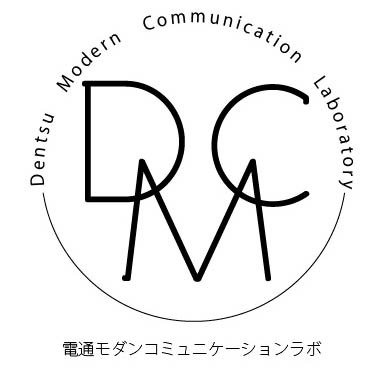The term "relevance" is also used by Professor David Aaker in his book "Category Innovation: Win Without Competing Through Brand Relevance" (the original title of this book is "Brand Relevance").
Professor Aaker's "Brand Relevance" indicates the connection between a product category and a brand, while the "relevance" discussed in this book signifies the various ways consumers connect with products and brands.
Recently, the term "engagement" has become common to emphasize and measure the connection between products/brands and consumers. However, "relevance" takes a broader view of connection, referring to "a product or brand holding significant meaning in a person's life." The triggers or reasons for this significance naturally vary. This book categorizes these various triggers and reasons into subjective and situational factors.
The subjective ones are classified into the following four categories, forming the "Relevance Egg" model featured on the cover.
■ Reason
Reason plays the role of rationally judging product characteristics, such as low price, sufficient performance, or availability at a nearby store. Relevance often begins with connections formed through reason.
■ Sensation
This encompasses elements represented by the five senses, such as how a product feels in your hand, or the scent and background music of a store. A sense of security and personal preferences also fall into this category.
As exemplified by the story of Howard Schultz, former chairman of Starbucks, who noticed the loss of coffee aroma in stores and pointed out that various rationalizations had turned Starbucks from a warm neighborhood shop into just another chain store, "sensation" is an element often underestimated.
■Conformity
This refers to connections with others and shared understanding within one's surroundings. It is exemplified by actions such as dressing appropriately for the group one belongs to (like a company or department), wearing fashionable clothing, quitting smoking due to feeling uncomfortable, or contributing to one's local community or hobby group.
■Values
This refers to the individual's personal yardstick for judgment, encompassing ethics, morals, and beliefs. It includes elements directly tied to the product itself, such as brand image or empathy for environmentally conscious companies, as well as factors like the rebellious spirit often found in teenagers.
The other element that creates relevance, "Situation," can be divided into the following three categories:
■Content
The elements that form communication and convey relevance. Content includes information such as text, images, videos, and audio on the web and other media, as well as word-of-mouth through conversation.
The author considers not only the form of content but also elements like humor conveyed between the lines. He cites the example of Bank of the Wichita's internet banking service "Redneck Bank" in Oklahoma, USA, which used humorous content free from preconceptions to create a "fun" bank image.
■Context
This refers to space and time. Just as you wear different clothes to a party versus a baseball game, what is appropriate changes based on location and timing. Relevance is achieved by tailoring your approach to the circumstances of your target audience, such as their life stage or life events.
■Contact
This refers to the point of contact between the message source and the medium conveying it. Just as receiving advice from someone close to you differs greatly from getting direct mail from an unknown company, and just as domestic news is perceived differently from distant overseas news, people are more likely to listen to messages relevant to them.
We must strive to maintain relevance
The ultimate goal of relevance is the fundamental, universally understood method for business success: providing customers with products that fit their needs and meet their demands. However, companies and organizations often drift from this due to various reasons like efficiency, pleasing superiors, or internal coordination. Relevance is a return to the ideal of providing what customers want and a concrete approach to achieving it.
The author argues that since the market is constantly changing, we must continually communicate with customers and strive to maintain relevance.
Check if you're losing relevance
1. Are you studying customer behavior patterns and developing strategies based on those findings?
2. Are you dismissing business models you've never seen before without giving them a fair chance?
3. Do you assume you know everything?
4. Are you overly anxious?
(P134-135)
This book presents numerous case studies, with each chapter concluding by summarizing key points and practical implementation methods.
While full-scale relevance research requires large-scale one-on-one interviews, learning the approach from this book will help you check whether you're missing relevance by relying solely on social listening.
It's often believed that innovation succeeds because it starts with a brilliant idea, but this is a mistake.
Brilliant ideas come second; the true source of innovation lies in brilliant customer insights.
(P42)
No matter how brilliant the technology behind an innovation, it won't succeed if it doesn't meet customer needs.
Speaking of innovation, the Dentsu Group's corporate philosophy is "Good Innovation." To achieve successful innovation ≈ Good Innovation, learning the relevance-based approach from this book will be effective.






